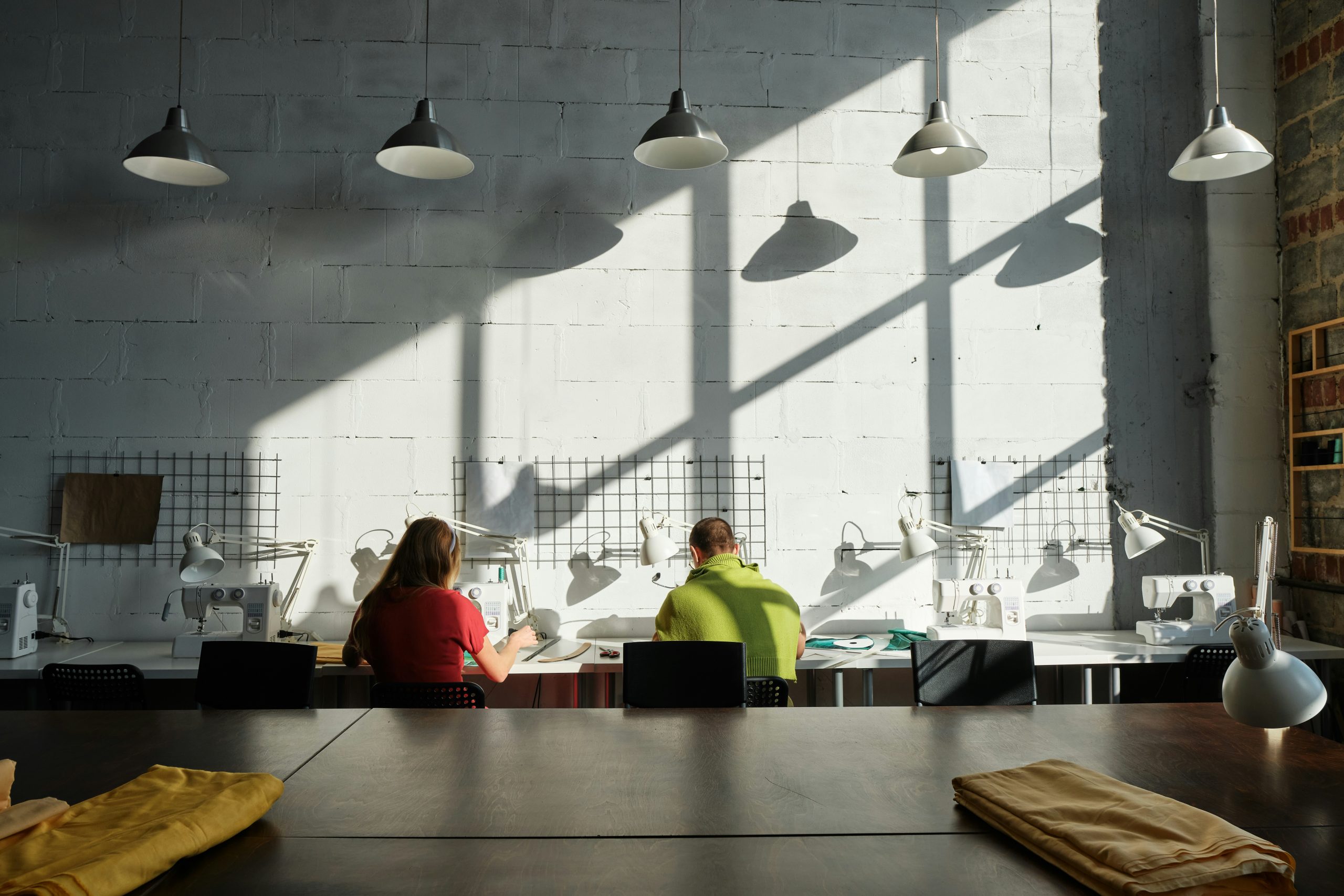How Small Changes Can Build Greener, More Sustainable Teams
Creating a sustainable business might seem like a monumental task. But like most monumental tasks, it can be broken down into small steps, and thereby made that little bit simpler.
A sustainable workplace is one whose operations conform to certain key principles. This might mean installing the right technologies, or instilling the right habits in your workers. A culture in which employees are empowered to identify and implement their own changes will often lead to a more sustainable end result.
Energy-efficient practices around the office
There are a number of obvious habits and practices worth implementing. Employees should switch off electronic devices that aren’t being used, and make sure that heating and cooling systems are running optimally. Employees should be trained to spot waste, and to eliminate it on sight, in much the same way that they might eliminate safety risks.
It’s also worth learning to quantify the extent of any waste that you do run into. For example, running a boiler for ten minutes longer than necessary will often use far more energy, and emit far more carbon, than running a single light bulb for days on end. Knowing the greatest sources of waste will allow your workers to identify the low-hanging fruit when it comes to sustainability.
Rethinking daily routines
Often, it’s the steps that we take unthinkingly, throughout the day, that can make the biggest difference to the results we enjoy. By making small adjustments to these everyday habits, we can make a more sustainable workplace not just achievable, but inevitable. For example, you might reduce the waste associated with single-use coffee cups by installing a quality coffee machine in the staffroom.
Engaging Employees through Green Initiatives
It’s worth getting the entire company involved with, and enthusiastic about, sustainability. You can create awareness by making green issues central to informal workplace chat. You might create a challenge to achieve some specific goal, like limiting non-essential printing in your office.
Creating a visible display that illustrates your progress toward the goal, and recognising when key milestones have been met, can help to get everyone invested not just in the specific project, but in the broader issue of sustainability. Your display might be as simple as a stack of paper, representing all of the paper that you’ve saved over the course of a given month.
Make long-term impact part of culture
As effective as the right campaign can be, what will really make the difference over the long term is a specific kind of mindset – one that emphasises sustainability as a primary goal, rather than a secondary one. Anything that you do that helps workers to adopt this mindset will ultimately help your business to become more sustainable. Often, the difference is considerable.
